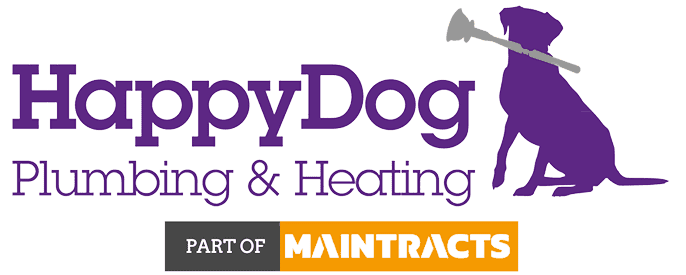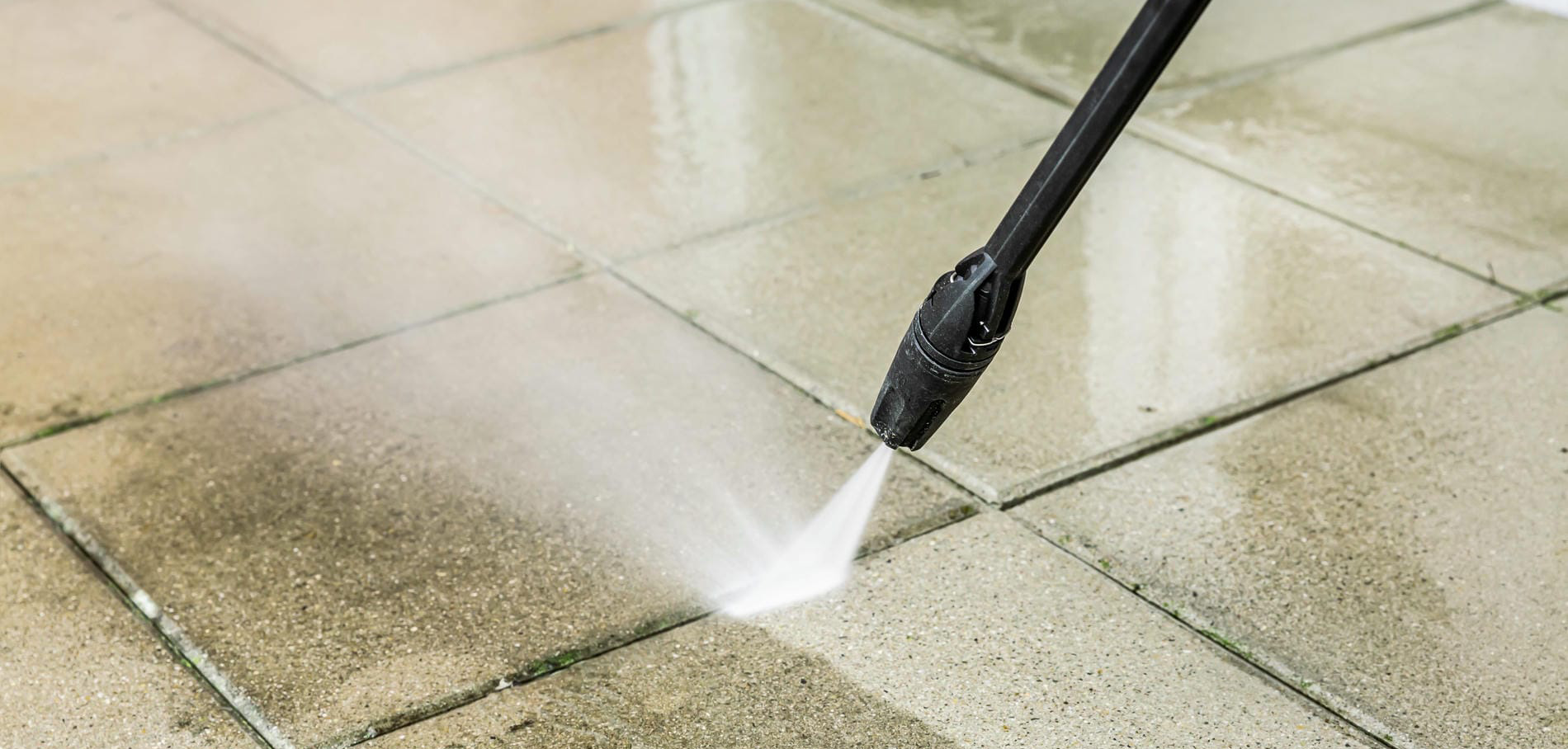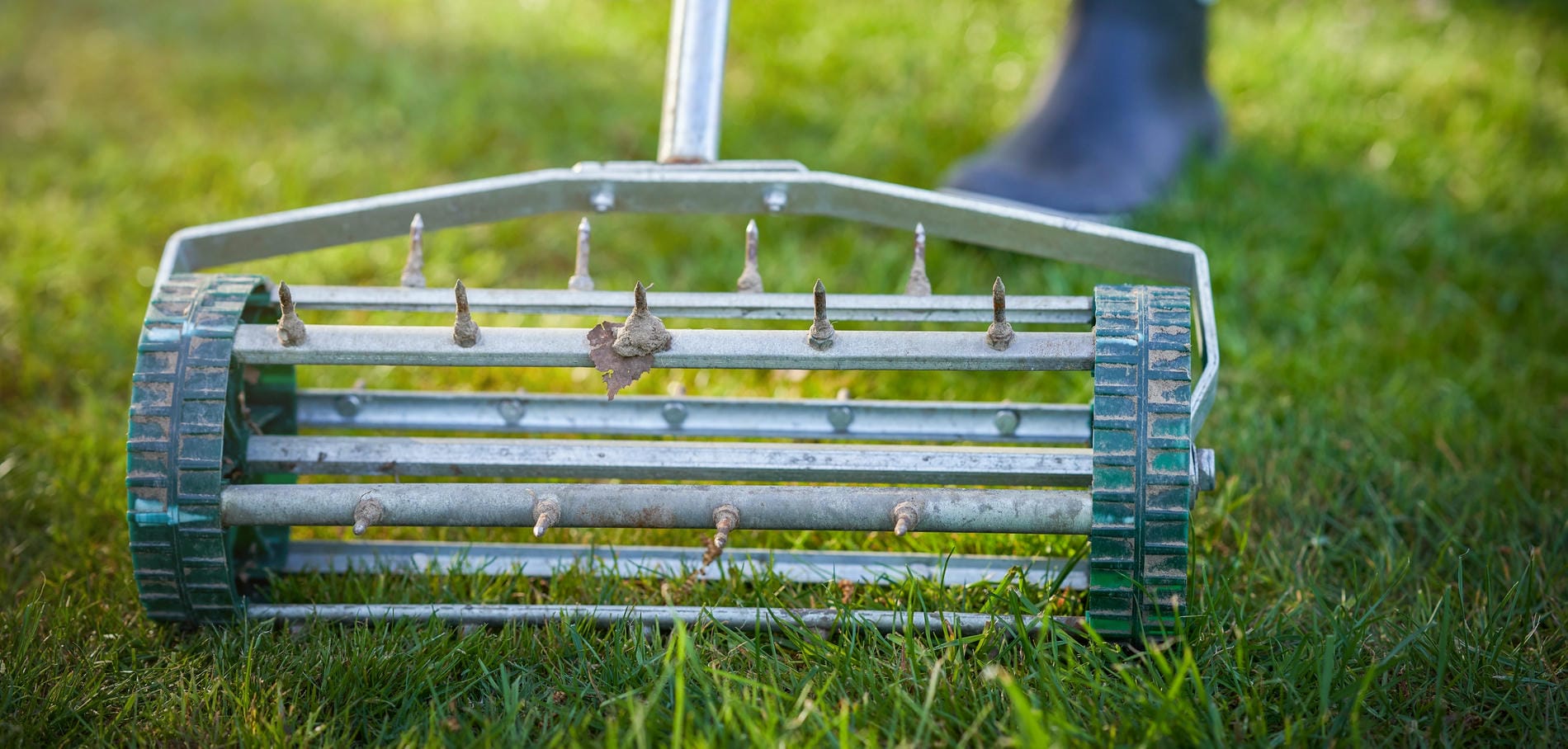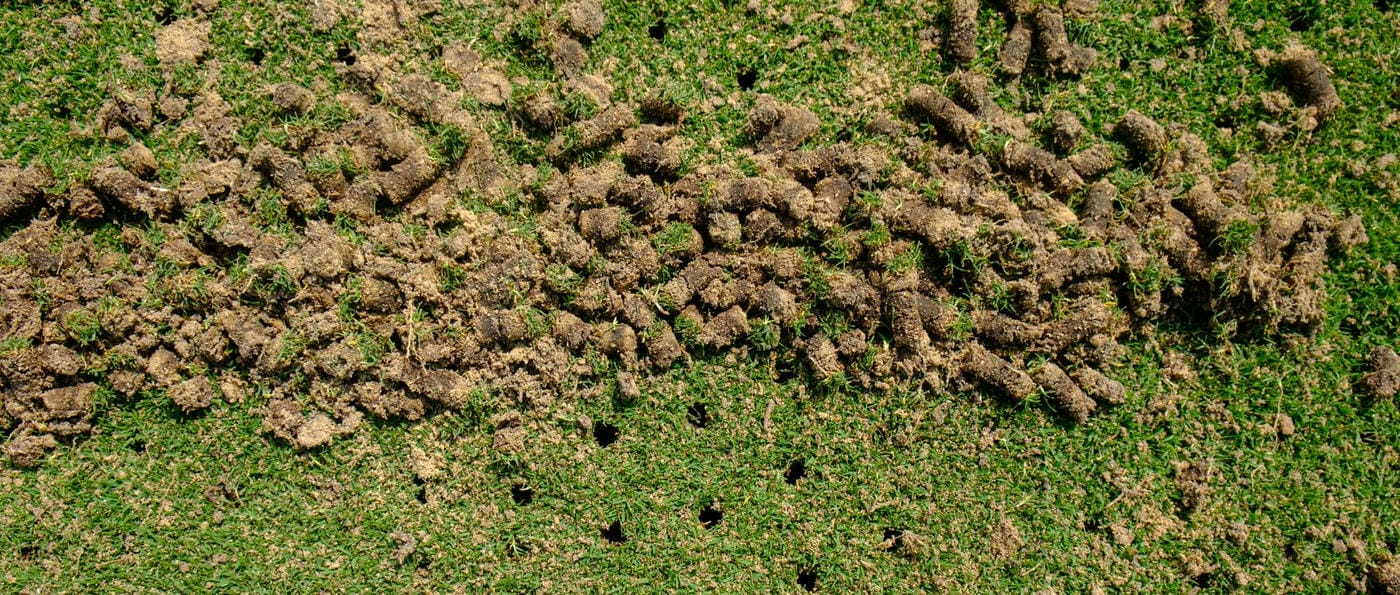When springtime starts to kick in, our natural urge to clean everything in sight also begins to flourish. For the ‘outdoorsy’ among us, this urge extends to jobs in the garden too. Jet washing the patio is often top of the list as we all dream about getting back in the garden again for those long-awaited family BBQs and alfresco gatherings with friends.
A powerful wash can strip away months of built-up dirt, moss, stains, and algae, leaving your patio and pathways looking brand new. However, if not done correctly, jet washing can lead to unexpected problems like blocked drains, pipe damage, and even unpleasant odours. To help you avoid these issues, we’ve put together essential tips on how to jet wash your patio safely, without causing plumbing headaches.




